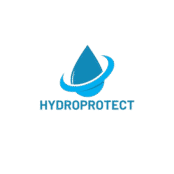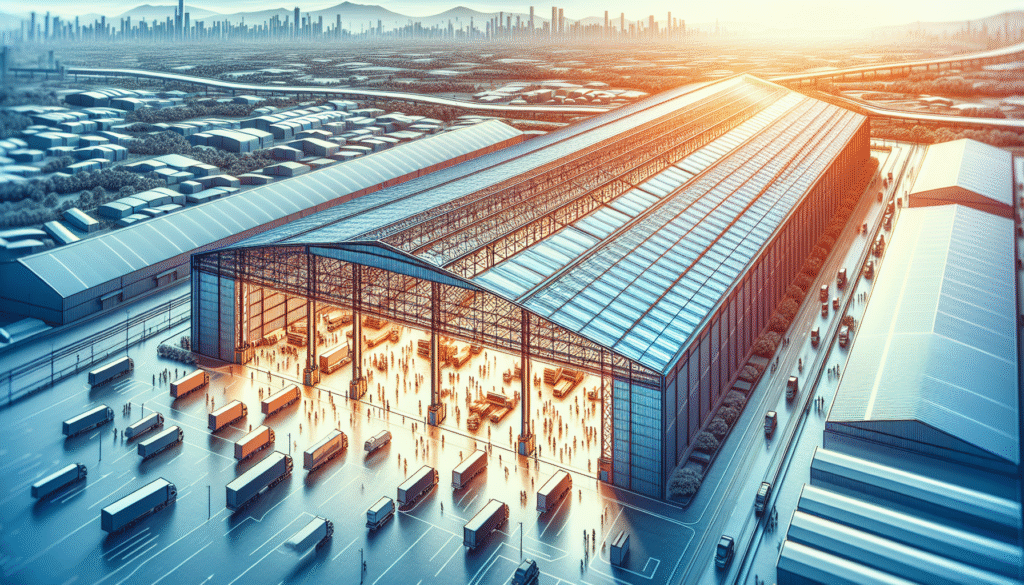Introduction to Hotmelt Technology
Hotmelt roof waterproofing has emerged as a game-changer in the realm of roofing solutions, transforming the way warehouses and halls are protected from the elements. This cutting-edge technology provides a seamless, durable and highly efficient method for safeguarding industrial construction from water damage. In this post, we will delve into the fundamentals of hotmelt systems, compare them with traditional waterproofing methods, and explore their substantial advantages for hall and warehouse owners, developers, and property managers. As we navigate through this detailed guide, it will become apparent why hotmelt technology should be at the top of your roofing considerations.
Understanding Hotmelt Roof Waterproofing
Hotmelt systems are an innovative waterproofing solution that involves the application of a hot liquid polymer, which cools to form a robust, seamless barrier on the roof. This technology boasts exceptional longevity and resilience, making it an ideal choice for large commercial buildings like warehouses and halls.
How Hotmelt Systems Work
The process of hotmelt waterproofing involves melting a polymer-modified bitumen compound at high temperatures, which is then applied directly to the prepared roof surface. As the material cools, it solidifies to form a durable and seamless layer. This seamless barrier is highly resistant to water penetration, ensuring that the roof remains watertight throughout its lifespan.
Materials Used in Hotmelt Systems
The primary material used in hotmelt systems is polymer-modified bitumen, known for its exceptional flexibility and adhesion properties. This unique composition allows the waterproof layer to withstand extreme temperatures, mechanical stresses, and UV exposure, which are common challenges faced by any industrial roof.
Comparing Hotmelt with Traditional Waterproofing Methods
When assessing roofing solutions, it’s imperative to compare hotmelt technology with more conventional waterproofing methods such as liquid-applied membranes, PVC systems, and bituminous felts. Each method has its own merits, but hotmelt stands out as a superior option for many reasons.
Durability and Longevity
One of the most significant advantages of hotmelt roofing systems is their durability. While traditional bituminous felts can degrade over time due to UV exposure and temperature fluctuations, hotmelt’s polymer-modified composition ensures a longer lifespan. The seamless nature of the installation also reduces the risk of leaks, a common problem with jointed systems like PVC.
Installation and Maintenance
Hotmelt roofs are generally quicker to install compared to layered systems because of their single application process. This efficiency can lead to cost savings in labor and reduced business interruption. Furthermore, these roofs require minimal maintenance due to their robust nature, whereas liquid-applied membranes might need regular inspections and repairs.
Benefits of Hotmelt Roofing for Industrial Applications
The benefits of hotmelt systems are particularly pronounced for industrial applications, such as warehouses and halls, making them an attractive solution for property managers and developers.
Seamless and Secure Protection
As a seamless system, hotmelt waterproofing eliminates potential weak points where water could seep through, such as seams and joints. This feature provides comprehensive protection, which is critical for preserving the integrity of large-scale industrial buildings.
Adaptability to Complex Roof Designs
Hotmelt waterproofing is highly adaptable to different roof shapes and designs. Whether your roof is flat, sloped, or features numerous penetrations and complex details, hotmelt systems can be tailored to fit perfectly, ensuring complete coverage and protection.
Environmental Resistance
This roofing solution excels in resistance to environmental factors like UV radiation, temperature extremes, and mechanical damage. This makes hotmelt ideal for industrial facilities located in harsh climatic conditions, where traditional materials may fail.
Sustainability and Environmental Impact
Sustainability is increasingly a priority for developers and property managers. Hotmelt systems offer several environmental benefits worth noting.
Reduced Waste
The installation process of hotmelt systems generates less waste compared to some traditional methods. Since the system is applied in liquid form directly to the surface, excess materials are minimized, leading to more sustainable construction practices.
Thermal Efficiency
Hotmelt roofs contribute to better thermal performance, enhancing energy efficiency. This benefit not only reduces operational costs but also aligns industrial buildings with green building standards, promoting eco-friendly practices.
Summary
In conclusion, hotmelt roof waterproofing is revolutionizing the way industrial buildings such as warehouses and halls are protected. With its seamless installation, exceptional durability, flexibility, and environmental benefits, hotmelt technology sets a new standard in roof waterproofing solutions. By choosing hotmelt, hall and warehouse owners, developers, and property managers can ensure a long-lasting, watertight barrier that offers superior performance over traditional methods. As sustainability continues to drive decision-making in the construction industry, hotmelt systems stand out as an innovative and economically sound investment.

